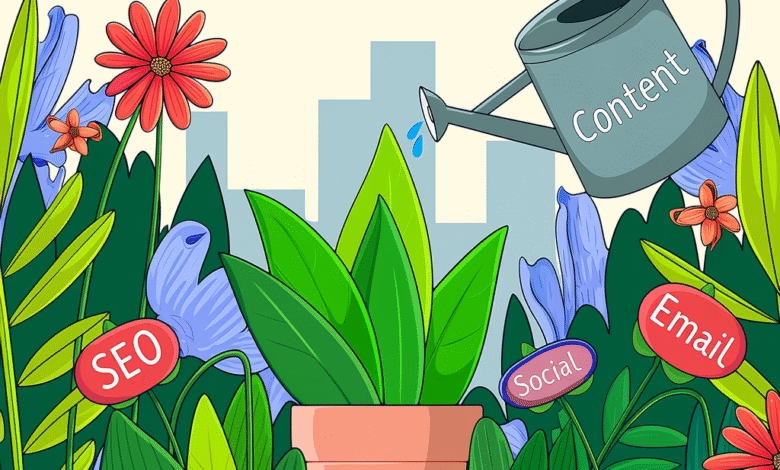
The Future of Inbound Marketing
As we look ahead, the landscape of inbound marketing is poised for continuous evolution, driven by technological advancements, changing consumer behaviors, and emerging trends. Understanding these future directions is key for businesses to stay ahead and adapt their strategies effectively.
Emerging Trends
1. Artificial Intelligence and Machine Learning:
- AI and machine learning are increasingly being integrated into marketing tools for better customer insights, personalization, and automation. AI can analyze data more efficiently than humans, predicting consumer behavior and optimizing marketing efforts.
2. Voice Search and Conversational Marketing:
- With the rise of voice-activated devices like smart speakers, voice search is becoming more prevalent. This shift calls for a change in SEO strategies to include conversational keywords and phrases.
- Conversational marketing, through chatbots and messaging apps, is enhancing customer engagement by providing instant, personalized interactions.
3. Interactive Content:
- There’s a growing focus on interactive content such as quizzes, polls, augmented reality, and virtual reality. Such content can significantly boost engagement and provide valuable data.
4. Video Marketing:
- Video content, especially short-form videos, continues to rise in popularity. Platforms like TikTok and Instagram Reels offer new opportunities for creative inbound marketing strategies.
5. Sustainability and Social Responsibility:
- Consumers are increasingly valuing sustainability and social responsibility in the brands they support. Inbound marketing strategies that highlight a brand’s commitment to these values can resonate deeply with audiences.
Adapting to Changing Consumer Behavior
1. Privacy and Data Security:
- With growing concerns over data privacy, marketers need to be more transparent and responsible with data collection and usage. Building trust will be paramount.
2. Personalization at Scale:
- The challenge will be to balance personalization with privacy, using data to tailor marketing efforts without overstepping boundaries.
3. Customer Experience as a Focus:
- The entire customer journey, from discovery to post-purchase, will become even more integral to inbound marketing. Ensuring a seamless, positive experience at every touchpoint is crucial.
Staying Relevant and Effective
1. Continuous Learning and Adaptation:
- Marketers must stay informed about the latest trends, tools, and technologies, adapting their strategies to stay relevant.
2. Experimentation:
- Businesses should be open to experimenting with new formats, channels, and technologies to discover what resonates best with their audience.
3. Integrating Traditional and Digital Marketing:
- A holistic approach that integrates the strengths of both traditional and digital marketing will be beneficial for a comprehensive strategy.
The future of inbound marketing is dynamic and exciting, with ample opportunities for innovation and engagement. By staying adaptable, embracing new technologies, and focusing on creating value and trust for customers, businesses can continue to thrive in the evolving landscape of inbound marketing.
Inbound Marketing Unveiled: Index
1. Introduction to Inbound Marketing
2. The Inbound Marketing Methodology
3. Core Components of Inbound Marketing
4. Tools and Technologies
5. Strategies and Best Practices
6. Challenges and Solutions in Inbound Marketing
7. Measuring Success and ROI
8. Case Studies and Real-World Examples
9. The Future of Inbound Marketing
10. Conclusion